#slooh canary two telescope
Photo
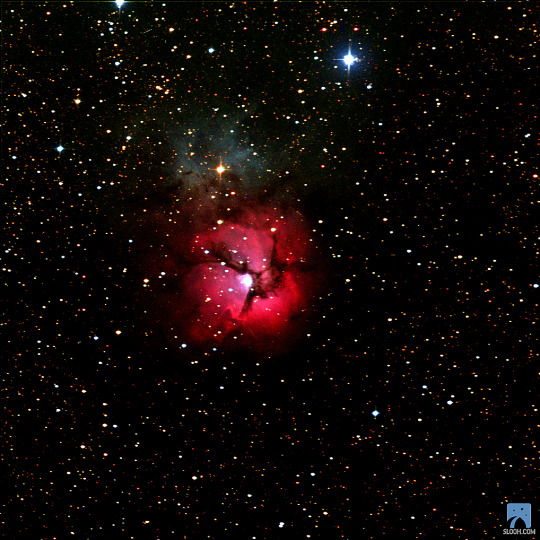
This is the Trifid Nebula! ✨✨✨
At the center of this nebula is a group of bright newborn stars that are releasing streams of radiation and sculpting the nebula’s shape. Located next to the famous Lagoon Nebula, the Trifid Nebula is a common target for astrophotographers due to its vibrant colors and high visibility! 💖💖💖
Taken by me (Michelle Park) using the Slooh Canary Two telescope on June 3rd, 2022 at 1:17 UTC.
#astroimages#astro#astronomy#astrophysics#universe#telescope#telescopes#star#nightsky#stars#nebula#nebulae#emission nebula#emission nebulae#slooh#slooh canary two#slooh canary two telescope#canary islands#trifid#trifid nebula#astrophotography#photography
85 notes
·
View notes
Photo

The Exploding Galaxy is a starburst galaxy which may have been deformed by M81, another neighboring galaxy. 🌌
Starting in April 2010, the Exploding Galaxy started sending out strange radio signals and scientists to this day don’t understand them yet... 👽👽👽
Taken by me (Michelle Park) using the Slooh Canary Two telescope on April 19th, 2020 at 21:57 UTC.
#astroimages#astro#astrophotography#universe#galaxy#galaxies#explosion#exploding#aliens#starburst#space#nasa#telescope
25 notes
·
View notes
Text
Slooh’s stargazing telescope livestreams now free to view
If you enjoy watching nature livestreams (and let's face it, who hasn't put on a panda cam at least one or twice while toiling away), then you may love today's announcement. Slooh, an online astronomy community that has a network of telescopes, is now making virtual viewing free.
Slooh's aim is to bring outer space to your fingertips; it owns two telescopes in Chile and seven in the Canary Islands. It allows its paid members to book time to control these telescopes. You can secure 5 reservations per month (5–10 minutes in length) for $5 per month or an unlimited number of reservations for $25 per month. Other Slooh members can sit back and watch online, but until today, they were required to pay for the privilege. Now the organization has opened up viewing for free; all you have to do is register to view live streams of outer space.
Right now, some of Slooh's telescopes are offline due to dust in the air, and obviously when it's daylight at a telescope's location, it will be dormant. To join Slooh's community, you can register on their website. You'll be taken to a payment page, which offers a 30-day trial of the $5/month tier, but you can move ahead with a free account by clicking the "Continue Exploring the Community" option. You can't control the telescopes, and the number of photos you'll be able to take is limited, but hey, it's hard to complain about a free account.
Via: The Verge
- Repost from: engadget Post
0 notes
Photo

This is Comet Pan-STARRS! 🌠🌠🌠
This comet took millions of years to arrive from the Oort Cloud. Its unusual brightness, which allowed it to be visible even in 2013, and its hyperbolic orbit show that the comet could potentially have interstellar origins! 💫💫💫
Taken by me (Michelle Park) using the Slooh Canary Two telescope on July 21st, 2022.
#astroimages#astrophotography#photography#astronomy#astrophysics#universe#nightsky#comet#comets#star#stars#cosmos#comet panstarrs#panstarrs#slooh#slooh canary two#slooh canary two telescope#physics#orbit#orbits#solar system#solar
60 notes
·
View notes
Photo
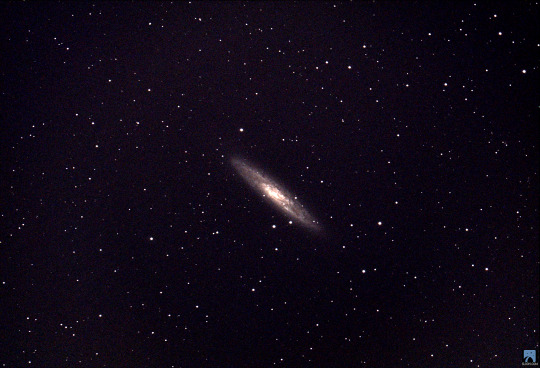
This is the Silver Coin Galaxy! 💫💫💫
This intermediate spiral galaxy was found when famous astronomers Caroline Herschel was searching for comets in the night sky. At the center of the populated Sculptor galaxy group, this galaxy is one of the brightest and most active galaxies in the Milky Way’s vicinity! ✨✨✨
Taken by me (Michelle Park) using the Slooh Canary Two telescope on July 20th, 2022 at 4:57 UTC.
#astroimages#astro#astronomy#astrophysics#universe#space#night#telescope#telescopes#astrophotography#photography#galaxy#galaxies#spiral galaxy#spiral galaxies#silver coin galaxy#active galaxy#slooh#slooh canary two#nightsky#stars#star
200 notes
·
View notes
Photo
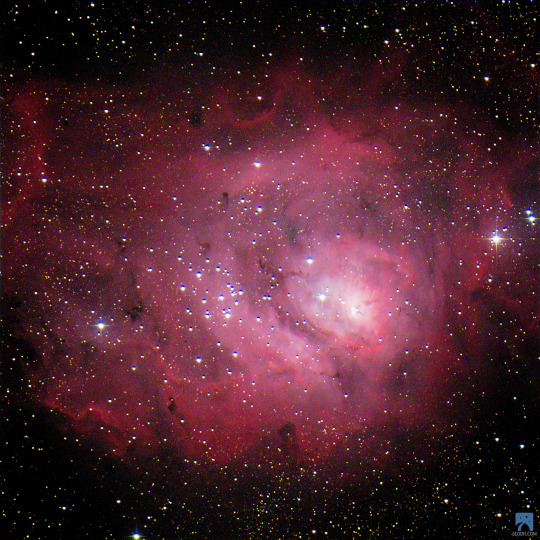
This is the Lagoon Nebula! 💗💗💗
The beautiful lagoon shaped portion is created from aggressive stellar winds pushing the nebulae’s gas and dust aside. Many of the stars here are young, hot O-type stars that are more than 200,000 times brighter than the Sun! ✨✨✨
Taken by me (Michelle Park) using the Slooh Canary Two telescope on July 23rd, 2022 at 22:31 UTC.
#astroimages#astro#astronomy#astrophysics#universe#space#night#telescope#telescopes#astrophotography#photography#slooh#slooh canary two#canary two telescope#lagoon nebula#messier 8#emission nebula#emission nebulae#nightsky#star#stars#nebula#nebulae#red#cosmos#aesthetic
170 notes
·
View notes
Photo

This is the Jewel Box! 💎💎💎
Located in the southern constellation Crux and visible to the naked eye, the Jewel Box contains a diverse variety of blue and red stars. The unique name of “Jewel Box” was given by John Herschel, standing out amidst the nearby dark nebula named the Coal Sack! 💫💫💫
Taken by me (Michelle Park) using the Slooh Canary Two telescope on May 26th, 2022 at 2:22 UTC.
#astroimages#astro#astronomy#astrophysics#universe#space#night#telescope#telescopes#jewel box#open cluster#star#stars#nightsky#star cluster#cluster#clusters#open clusters#astrophotography#photography#slooh#slooh canary two
116 notes
·
View notes
Photo

This is the Pacman Nebula! 🎲🎲🎲
Located 9,200 light years away and stretching 48 light years across, the Pacman nebula is a star forming region with dense Bok globules and newborn stars. The “Pacman” shape is created by dark dust lanes in front of the stunning emission nebula! 💖💖💖
Taken by me (Michelle Park) using the Slooh Canary Two telescope on June 22nd, 2022 at 2:12 UTC.
#astroimages#astro#astronomy#astrophysics#universe#space#night#nightsky#astrophotography#photography#emission nebula#emission#emission nebulae#nebula#nebulae#star#stars
62 notes
·
View notes
Photo
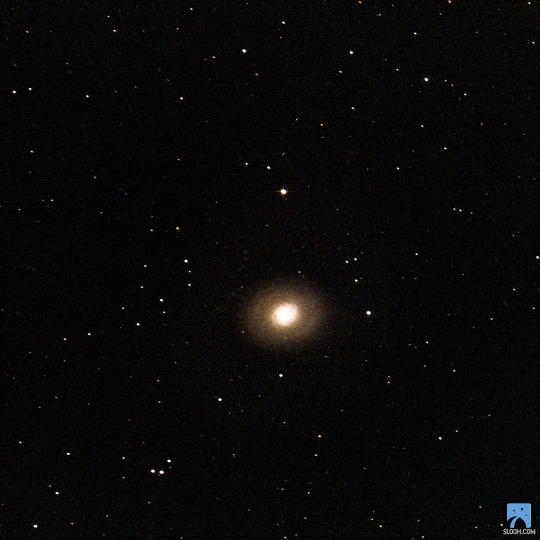
This is the Cat’s Eye Galaxy! 😻😻😻
Within the bright starburst ring, new stars are rapidly forming due to pressure from the galactic center compressing dust and gas. Recently, two faint spiral arms that extend far into space were discovered! 🌌🌌🌌
Taken by me (Michelle Park) using the Slooh Canary Three telescope on June 22nd, 2022 at 00:04 UTC.
#astroimages#astro#astronomy#astrophysics#universe#space#nightsky#night#telescope#telescopes#astrophotography#photography#slooh#slooh canary three#slooh canary three telescope#galaxy#galaxies#cat's eye galaxy#spiral#spiral galaxy#spiral galaxies
51 notes
·
View notes
Photo
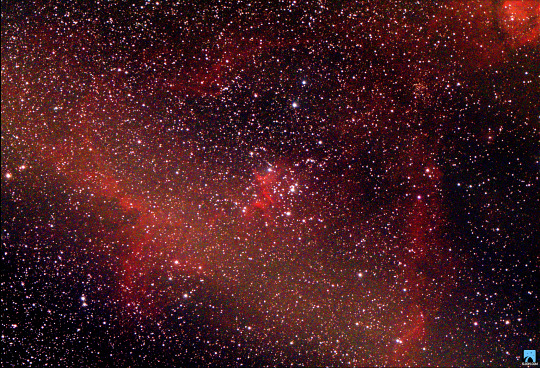
This is the Heart Nebula! 💖💖💖
Happy Valentine’s Day! To celebrate this occasion, here is the beautiful Heart Nebula, an emission nebula with dark dust lanes and glowing red hydrogen gas. The heart shape of the nebula is driven by stellar winds from the hot stars inside, some of which have masses up to 50 times the Sun! 💕💕💕
Taken by me (Michelle Park) using the Slooh Canary Two telescope on February 7th, 2022 at 21:13 UTC.
#astroimages#astro#astronomy#astrophysics#universe#space#night#telescope#telescopes#astrophotography#photography#star#stars#heart nebula#nebulae#valentine's day#love#slooh#slooh canary two#slooh canary two telescope#canary two telescope#happy valentine's day#valentine#nightsky#emission nebula#emission nebulae
266 notes
·
View notes
Photo

This is the Sadr Region! 🔥🔥🔥
The glow from this beautiful nebulous region in Cygnus is from nearby stars releasing charged stellar winds that ionize the nebula’s gases. This nebula is also known as the Butterfly Nebula and is often confused with a different planetary nebula with the same name! 💕💕💕
Taken by me (Michelle Park) using the Slooh Canary Two telescope on October 15th, 2021 at 21:47 UTC.
#astroimages#astro#astronomy#astrophysics#universe#space#night#telescope#telescopes#astrophotography#photography#star#nebula#nebulae#sadr region#cygnus#butterfly nebula#canary two#canary two telescope#slooh canary two telescope#slooh#nightsky#sky#constellation#constellations#night sky#ionization#ionize#stellar winds#stellar
243 notes
·
View notes
Photo

This is the Toby Jug Nebula! 💫💫💫
This oddly shaped reflection nebula is composed of carbon, titanium dioxide, and calcium oxide dust. The interesting name Toby Jug comes from an old English drinking vessel that the discoverers of the nebulae drank out of when they were younger! 🍂🍂🍂
Taken by me (Michelle Park) using the Slooh Canary Two telescope on November 12th, 2021 at 2:47 UTC.
#astroimages#astro#astronomy#astrophysics#universe#space#night#telescope#telescopes#astrophotography#photography#star#stars#nebula#nebulae#slooh#slooh canary two telescope#slooh canary two#canary two telescope#toby jug nebula#nightsky#constellation#constellations
121 notes
·
View notes
Photo

This is Sharpless 101! 💕💕💕
This stunning HII emission nebula is also called the Tulip Nebula due to its flower-like shape. This field is close to the Cygnus X-1 quasar, which was one of the first detected black holes! 💞💞💞
Taken by me (Michelle Park) using the Slooh Canary Two telescope on August 8th, 2021 at 23:16 UTC.
#astroimages#astro#astronomy#astrophysics#universe#space#night#telescope#telescopes#astrophotography#photography#nebula#nebulae#star#stars#sharpless 101#slooh#slooh canary two#slooh canary two telescope#canary two
207 notes
·
View notes
Photo

This is Nova Cassiopeia 2021! ✨✨✨
This bright nova, at the center of this image, became almost 3 magnitudes brighter in mid-March and has been a common subject of observations in the past few months. It was caused by a white dwarf stripping its mass off of its binary partner, until it explodes due to an immense release of energy! 💥💥💥
Taken by me (Michelle Park) using the Slooh Canary Two telescope on September 25th, 2021 at 23:41 UTC.
#astroimages#astro#astronomy#astrophysics#universe#space#night#telescope#telescopes#astrophotography#photography#slooh#canary two telescope#slooh canary two telescope#slooh canary two#star#stars#nova#supernova#novae#supernovae#nightsky#sky#cassiopeia#astronomy news#news
173 notes
·
View notes
Photo

This is the Bubble Nebula! 💭💭💭
This nebula in the constellation of Cassiopeia is blown into a bubble shape by the bright, hot star at its center. The width of the bubble is a whopping 7 light years across, which is 1.5 times the distance from the Sun to our nearest star, Alpha Centauri! 🔥🔥🔥
Taken by me (Michelle Park) using the Slooh Canary Two telescope on September 21st, 2021 at 2:02 UTC.
#astroimages#astro#astronomy#astrophysics#universe#space#night#telescopes#astrophotography#photography#bubble nebula#nebula#nebulae#telescope#star#stars#canary two#canary two telescope#slooh#slooh canary two telescope#slooh telescopes#nightsky#sky#red
152 notes
·
View notes
Photo

This is Saturn! 🪐🪐🪐
Saturn is a huge planet - it has the width of 9 Earths and its rings are the length of the Earth to the Moon. But even with its massive size, Saturn spins very fast, with each day being around 10 hours and having winds of 1200 mph! 🚗🚗🚗
Taken by me (Michelle Park) using the Slooh Canary Two telescope on September 6th, 2021 at 2:07 UTC.
#astroimages#astro#astronomy#astrophysics#universe#space#star#stars#solar#solar system#planet#planets#saturn#telescope#telescopes#slooh#slooh canary two#slooh canary two telescope#ring#rings#canary two#canary islands#nightsky#sky#constellations#constellation
159 notes
·
View notes